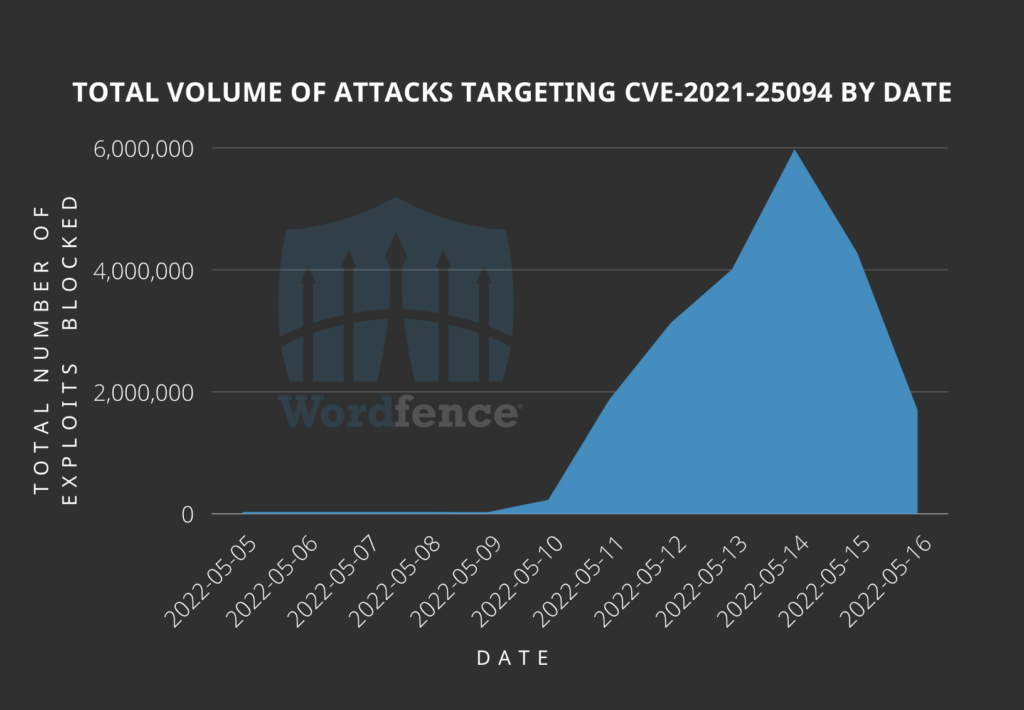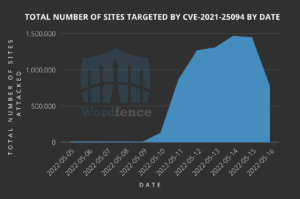Apple has long been expected to transition to fully portless iPhones at some point, and for most users that makes perfect sense. But we’re seeing growing reports that the iPhone maker is first going to switch from Lightning to USB-C, and that raises a key question.
Is USB-C just a brief interim stage before iPhones go fully wireless, or do USB-C iPhones have a longer future … ?
Recent reports
Two recent reports suggest that Apple plans to switch to a USB-C iPhone port next year. Ming-Chi Kuo made the initial report, before Bloomberg corroborated.
Note that neither report means this is definitely happening. Kuo based his on supply-chain reports, and we noted at the time the uncertainties regarding these.
Apple likes to have multiple suppliers wherever possible, to allow it to negotiate better prices, and to reduce risk. If, for example, a major supplier of Lightning ports were to report Apple was planning to cut orders next year, that could mean nothing more than a rejigging of competing suppliers.
Similarly, USB-C suppliers talking about expecting a major boost in orders next year might again simply be Apple or other companies increasing orders with some suppliers while reducing them with others.
Bloomberg’s report was instead based on internal testing of a USB-C iPhone. I’m sure that report is accurate, but again, it doesn’t amount to proof. There is precisely a 100% chance that there have been USB-C iPhone prototypes within Apple’s labs for years now. Does ‘testing’ mean simply experimenting with these, or something on a more formal and larger scale?
However, both sources seem reasonably confident in their predictions, so let’s assume for now that they are correct. What does this mean for the future of iPhone ports? Here are my brief thoughts.
It would be an overdue move
I’m a big fan of port standardization in general, and of USB-C in particular. My ideal is a day when absolutely all wired connections are USB-C to USB-C, and I can finally ditch five of the six trays of cables I have, not to mention the additional one with assorted adapters.
I was a bit skeptical of Kuo’s report for this reason. While I’d welcome it, my immediate question was ‘why now?’. Apple started the switched to USB-C in the Mac back in 2016, and the iPad in 2018, so why wait another four years before the iPhone belatedly follows suit?
In particular, if Apple is heading toward portless iPhones, why go through the disruption now of a wired port change that would last for perhaps two or three years before a fully wireless iPhone?
If the reports are accurate, this is a very overdue move.
Most will be happy with portless iPhones
One possible explanation for the latter point is simply that the portless reports aren’t true, and Apple plans to stick with a wired charging and data-transfer connection option for the foreseeable future. However, I don’t buy that, for several reasons.
First, a portless iPhone is absolutely in line with Apple’s design direction. Sure, things have changed a little since Jony Ive left, but I do believe that his “single slab of glass” vision is Apple’s ultimate goal.
Second, eliminating a port reduces manufacturing cost and complexity. This, too, is absolutely in line with the company’s ethos – as the removal of the headphone jack demonstrated.
Third, removing the port improves reliability. It takes away the biggest entry point for dust and water, which will likely significantly boost the waterproofing standard. Additionally, it ends the fraying Lightning cable issue!
Finally, most iPhone owners don’t need a port – and even fewer will do so in the future. Few iPhone owners ever do any wired data-transfer, and most people can get their charging needs met through overnight wireless charging. For top-up charges, we’re seeing a growing number of wireless charging pads in cars, coffee shops, hotels, airports, offices … you name it. This trend will only continue. Same for power banks with MagSafe charging capabilities.
But there are still people who need a wired port
Apple cannot have things both ways: argue that the iPhone is a suitable camera for professional video use (albeit mostly as a B-cam or C-cam) while at the same time removing the only practical way to transfer significant amounts of 4K (and later 8K) video footage.
If you’re using an iPhone for pro video shoots, a wired port is a necessity, and USB-C is much better than Lightning.
Similarly, there will be a minority of people for whom wireless charging isn’t practical. If you are a really heavy iPhone user, and need to go significant periods between charges, then the faster speed of wireless charging may be a necessity rather than a luxury.
So there will always be some who need a wired connection (at least until wireless charging and wireless data transfer offer speed much closer to wired connections), even if they are a minority.
What’s my best guess?
I can see one of two things happening, at the point where Apple feels ready to make the change to portless iPhones.
First, the standard iPhone model(s) go portless, while the Pro models retain a wired port. This would make for a worthwhile point of differentiation for more serious iPhone users, while the vast majority of consumers will remain happy with wireless charging and AirDrop.
Or second, have the iPhone Pro Max be the only model to continue to offer a USB-C port. This would again be consistent with certain features being exclusive to the largest and most expensive model – like sensor shift and 2.5x optional zoom being exclusive to the iPhone 12 Pro Max.
I think Apple could probably take the second approach without upsetting too many people. Videographers are likely to appreciate the larger screen of the Pro Max, while anyone needing to push battery usage to the limits will obviously be buying the Pro Max for its longer battery life. So the two groups who most benefit from a wired port are already likely to choose the top-end model.
So that’s my bet. Sometime within the next few years, all but the iPhone Pro Max go portless, while the Pro Max gets or keeps a USB-C port. What’s your view? Please take our poll and share your thoughts in the comments.
Source :
https://9to5mac.com/2022/05/16/portless-iphones-usb-c-iphones/







